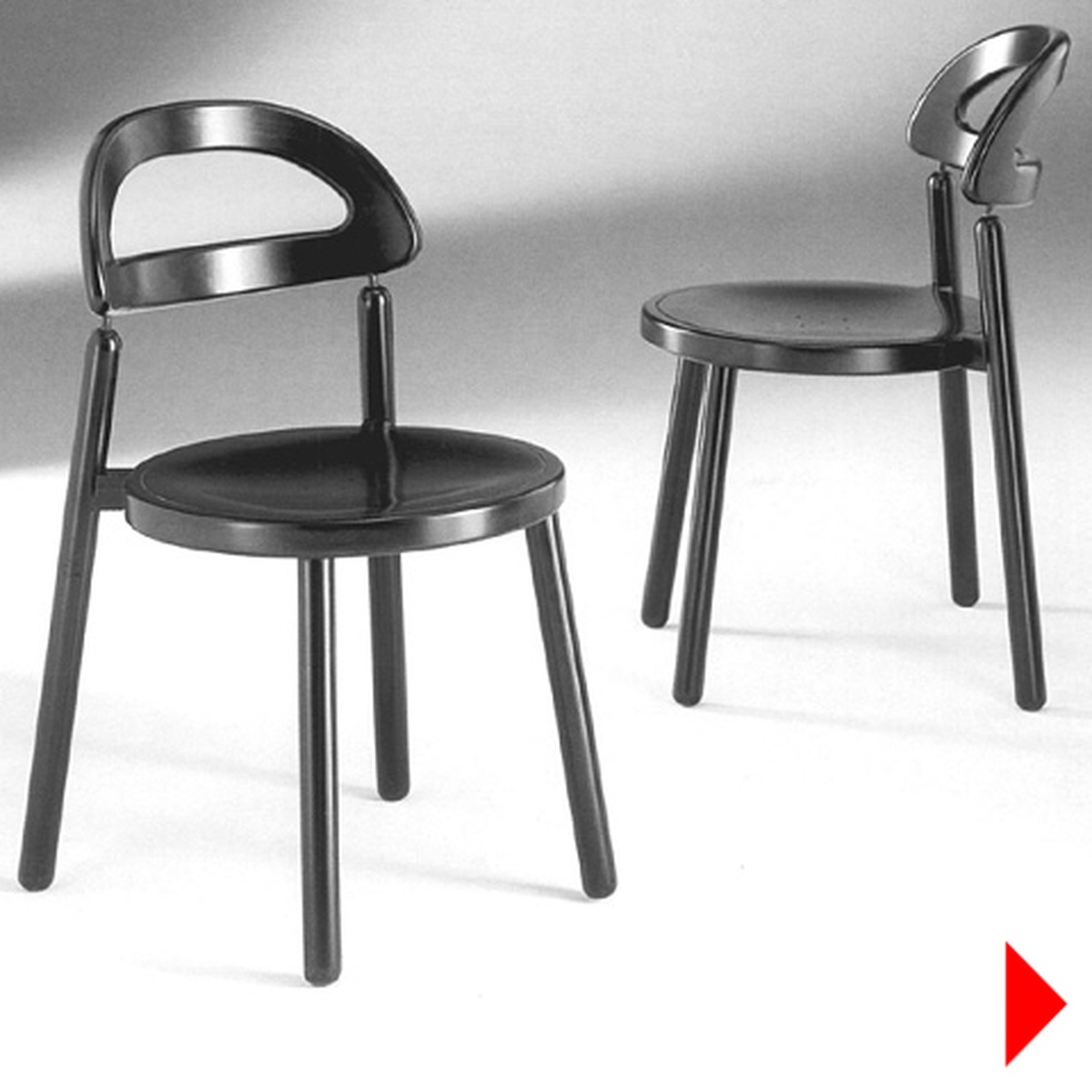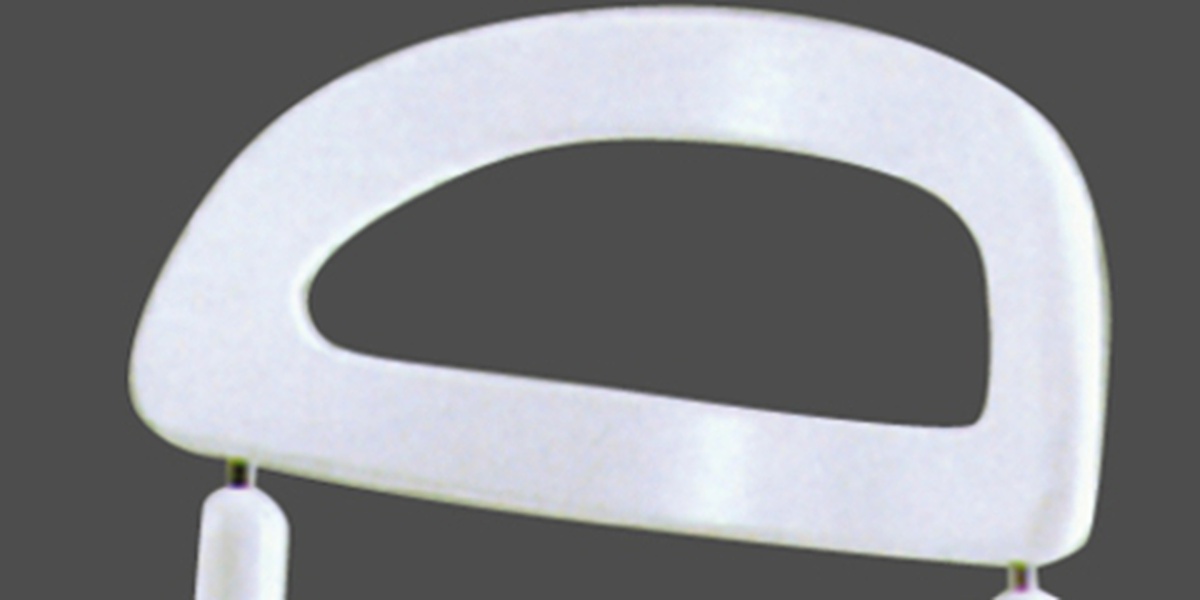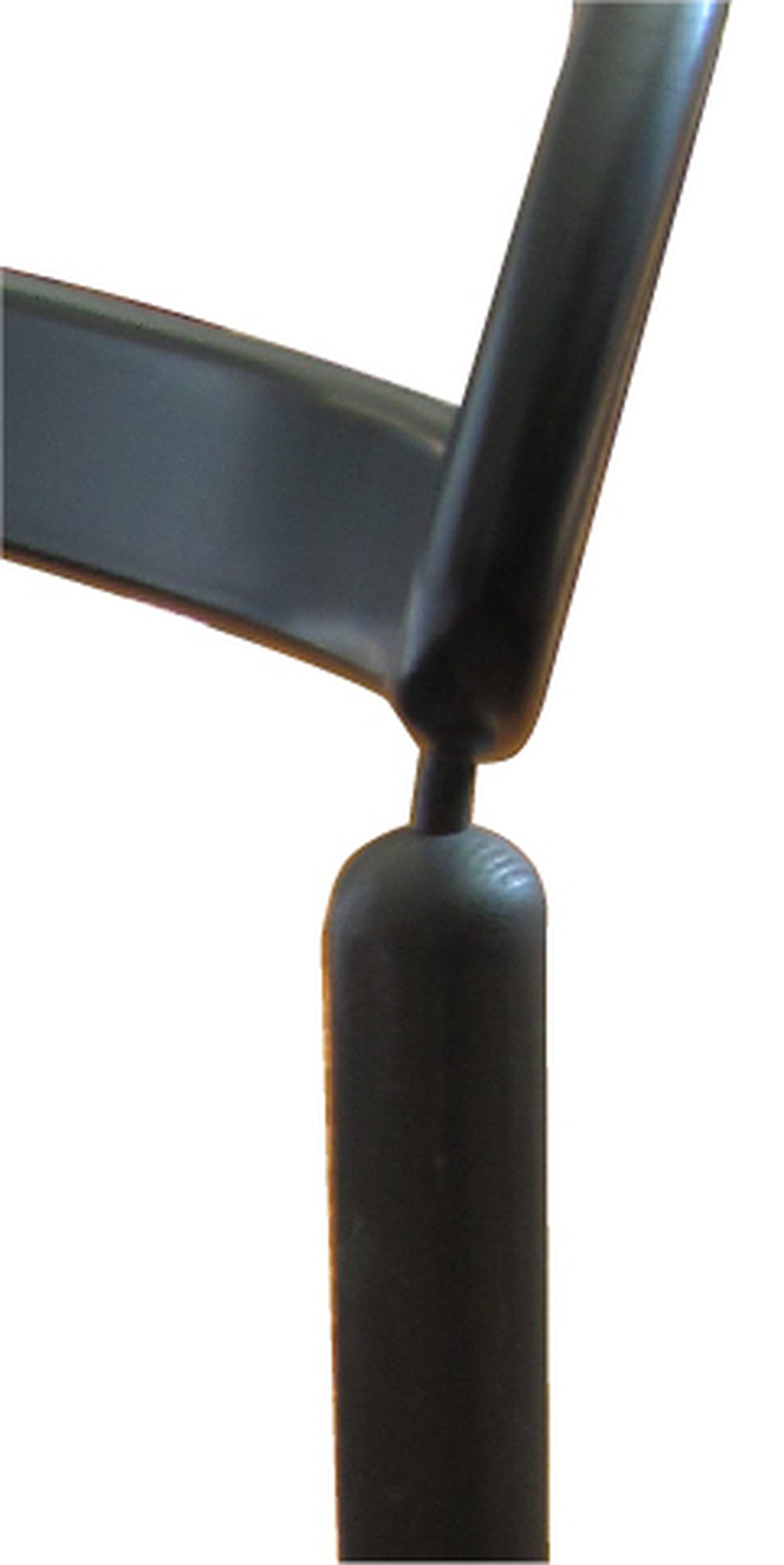Museo del Design del Friuli Venezia Giulia – Associazione di Promozione Sociale
P. IVA e CF 02863400301 – info@mudefri.it
In getting an overall picture of his creative experience It should not be silenced the great happiness of a designer - Pasquinelli could be defined an outsider - who has been able to realize the dream of a lifetime: to design chairs and to become an expert, having produced nearly 50 chairs - often classics of the period, which are reference works for many insiders. A master, in short, still capable – he is over 80 years – of filling technologically exact projects with extremely refined "magic" craftmenship, transforming them into tangible, aesthetic and intellectual "events".

1988
Cicloide
Produzione Calligaris
Sedia in legno di faggio (laccato o naturale), sedile in lamellare forato e schienale in massello sagomato
Cleverly lightened by the sudden material rarefaction and by the detachment characterizing the union between the rear legs, by the back (the millimeter gap made with a simple metal rod) and the seat, the chair Cicloide seems to joke with the heavy static nature of the robust round section legs. The circular seat and the backrest give a sculptural appearance, rather than to a chair, to a kind of "airy" stool topped with a feluca* weared with Gascon bravado. Cicloide represents a further proof of Pasquinelli’s talent in inferring
unusual attitudes taking advantage of a sudden swerve, a caesura, a slight fracture to the geometric rigor and order. In full respect, of course, of ergonomics, which is the key to understand his entire design parable.
*the double horned hat made famous by Napoleon Bonaparte


In front of Cicloide the curious effect of "exploded drawing" causes the outline prevails the physical presence of the chair. Through the “most gracious curve" of Galileian memory*, the designer from Scandicci indulges on childhood and playful reminiscences. But the rational inspiration is a mandatory feature to “be Tuscan” and this sort of artificial "mushroom" or "gnome from the forest" constitutes an amused essay of the author's innate ability to "play usefully" with the geometry without leading to formal and banal consequences.
* Since 1640 Galileo became interested in a curve, later named "Cycloid". The Pisan genius said, in fact, " More than fifty years ago it occurred to me to describe that gracious curved line, and I admired it enough to use it as arches of a bridge."